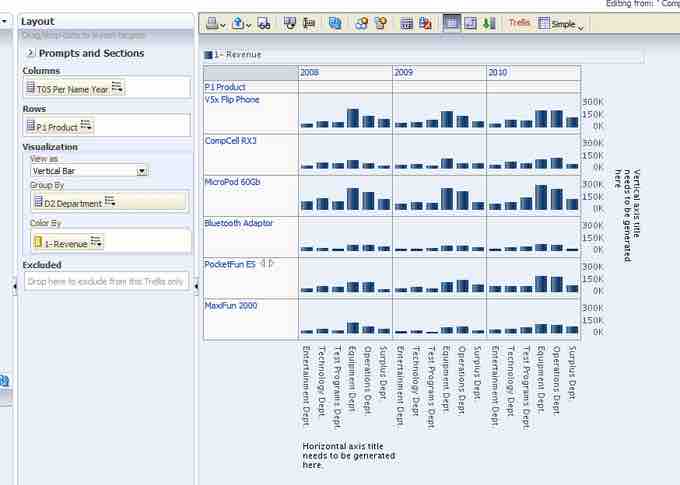Marketing Performance Metrics
As companies seek to run leaner and more efficient businesses, more marketing professionals are tasked to demonstrate how marketing generates revenue and contributes to companies' business goals. Marketing metrics provide frameworks that public relations specialists, brand managers and marketing directors can use to evaluate marketing performance, as well as back their marketing plans and strategies.

Analytical Tools
Quantitative metrics and analysis can help decision makers make more accurate decisions and better predict risks associated with decisions.
The numeric data allow marketers to not only justify their efforts, but also highlight the direct relationship between marketing and larger organizational goals. Marketing metrics have different elements of measurement, including net sales billed, number of product or design registrations, and brand surveys to measure brand awareness. By collecting and analyzing marketing metrics, brands can build their marketing performance in the following ways:
- Increasing competitive intelligence and anticipating competitor reactions to new marketing strategies
- More accurately assessing company marketing assets such as brand equity and its level of effectiveness among target audiences
- Building a knowledge base of current and historic data that help drive marketing mix decisions and steer the company through rapidly changing market conditions
Entities such as the Marketing Accountability Standards Board have developed formal processes for connecting marketing activities to the financial performance of organizations. Moreover, industry experts have developed various metrics – notably, return on marketing investment (ROMI) – to help marketers measure the performance of activities across the marketing mix. The purpose of metrics such as ROMI is to measure the degree to which marketing spending contributes to profits.
How ROMI Works
Return on marketing investment is one of the most difficult organizational aspects to measure. ROMI, a relatively new metric, is marketing contribution attributable to marketing (net of marketing spending), divided by the marketing "invested" or risked. ROMI is based on the calculation:
[Incremental Revenue Attributable to Marketing * Contribution Margin (%) - Marketing Spending] / Marketing Spending ($)
There are two forms of the ROMI metric: short-term ROMI and long-term ROMI. Short-term ROMI measures revenue such as market share, contribution margin or other desired outputs for every marketing dollar spent. This metric is best used to determine marketing effectiveness and steer investments from less productive to more productive activities.
In a similar way, long-term ROMI can be used to determine other less tangible aspects of marketing effectiveness such as increased brand awareness or consumer motives. However, long-term ROMI is often criticized as a "silo-in-the-making". Long-term ROMI creates a challenge for brands unfamiliar with using business analytics together with marketing analytics to determine resource allocation decisions. Despite this challenge, long-term ROMI can be a sophisticated measure for prioritizing investments and allocating marketing and other resources within an established framework.
Other Marketing Performance Metrics
Marketing return on investment (ROI) is another term that refers to measuring company sales and profits. Author Rex Briggs also introduced the term "ROMO" for return-on-marketing-objective. This reflects the idea that marketing campaigns may have a range of objectives, where the return is not immediate sales or profits. For example, a marketing campaign may aim to change the perception of a brand. Nevertheless, in most cases, a simple determination of revenue per dollar spent for each marketing activity can be sufficient to help make important decisions to improve the entire marketing mix.